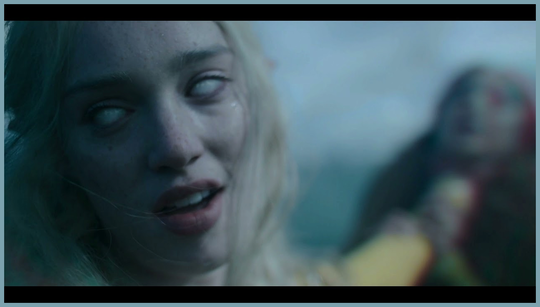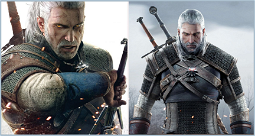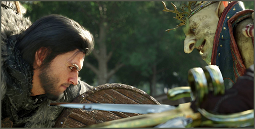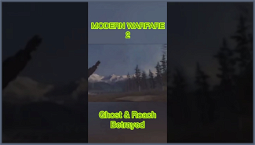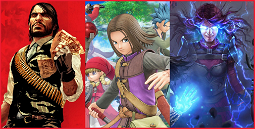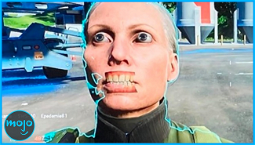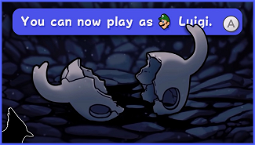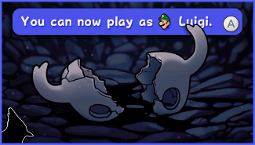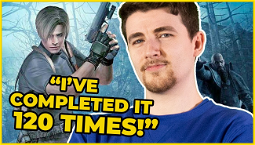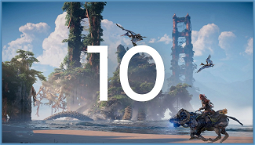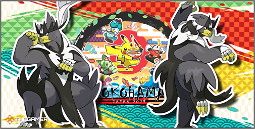The Witcher games have brought to life the enigmatic prophecy known as Ithlinne's Prophecy. This recurring theme blends real-world folklore with captivating storytelling, leaving fans curious about its origins. In this guide, we delve into the essence of this prophecy to shed light on its meaning.
Ithlinne's Prophecy
The prophecy of Ithlinne, prominently mentioned in the first Witcher book, Sword of Destiny, follows the journey of Geralt, the main character, in search of Ciri. Along the way, he encounters Ithlinne, an elf gifted with Second Sight. Ithlinne's mother, Aevenien, an oracle and diviner, adds a mystical aura to the prophecy.
In the books, namely Blood of Elves and The Time of Contempt, the White Frost is portrayed as a global catastrophe, compelling people to abandon their homelands and transforming them into desolate boreal forests. The games also depict this phenomenon, albeit with a more literal interpretation of Ithlinne's words.
In The Witcher and The Witcher 2, Geralt encounters Alvin, a young boy who is a descendant of the Elder Bloodline. Alvin becomes a central figure, sought after by many, and the games skillfully incorporate elements and characters from the books to bring Ithlinne's prophecy to a definitive conclusion.
In The Witcher 3, Ciri's actions lead to the prevention of the White Frost in all possible endings. However, the permanence of this solution remains uncertain. The conclusion of the game hints at the potential for a new era, possibly alluding to the prophecy's mention of a 'new sun'.
Ithlinne's Prophecy in The Witcher 3
While the books portray Ithlinne's prophecy as a global event, the focus in the games primarily revolves around its impact on Alvin. The Witcher 3, drawing heavily from the books, delves into the prophecy's intricacies:
At the conclusion of The Witcher 3, the status of the prophecy remains somewhat ambiguous. Ciri successfully thwarts the White Frost in every possible ending, but whether this solution is permanent remains unclear. The game's ending tantalizingly hints at the potential for a new dawn, representing a fresh start for the world.
